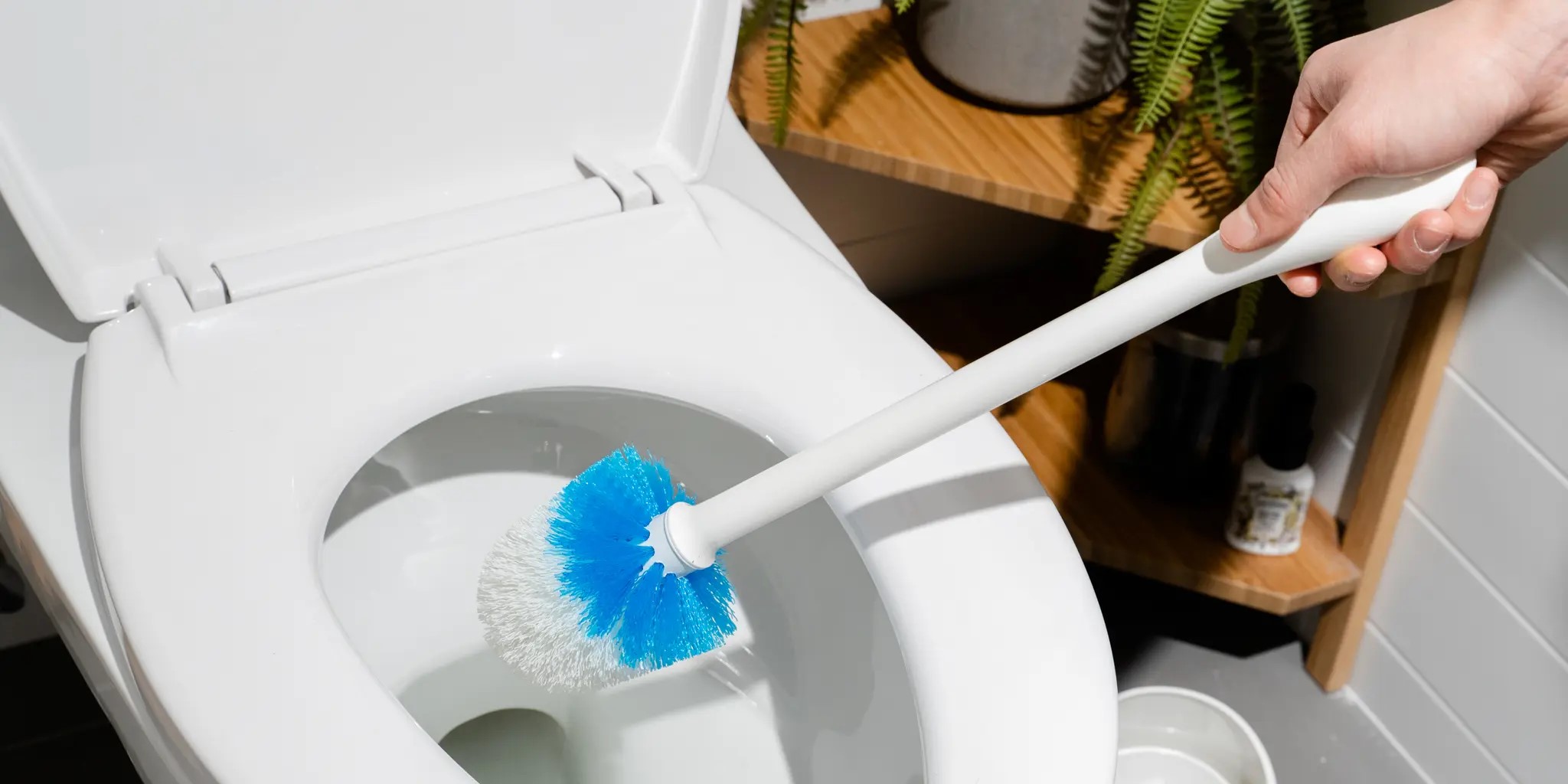Rust stains: Try hydrogen peroxide or commercial rust removers.
Mold or mildew: Use borax or a bleach-based cleaner.
Limescale alternatives: Cola, buttermilk-soaked cloths, or fabric-softener mixes can also help.
Popular store-bought pick: For deep grime or rust, strong toilet gels can be left overnight for maximum effect.
6. Exterior Cleaning and Detailing
After treating the bowl, wipe down the exterior:
Spray or apply disinfectant to the tank, handle, lid (both sides), seat (top and bottom), and bowl exterior.
Wipe using a microfiber cloth or disposable paper towels for better hygiene.
Pay extra attention to the handle and hinges—these are germ hotspots.
7. Finish: Rinse, Flush, and Tidy Up
Flush with the seat down to minimize splash and spread of aerosols.
Clean your tools:
Rinse and disinfect the brush and its holder regularly by soaking with vinegar or cleansing fluid.
Launder cloths separately in hot water or use disposable materials to avoid cross-contamination.
Put everything back in place and ensure the floor is dry and free of drips.
8. Maintenance Tips
Light daily upkeep: A quick swish of the brush with plain water can help maintain cleanliness between deep scrubs.
Deep clean schedule:
Weekly for frequently used toilets.
Monthly for those used less often.
After illness, undertake a thorough clean to reduce germ spread.
Avoid in-tank cleaning tablets frequently—they can corrode seals, void warranties, and may hide stains. Manual cleaning remains superior.
Prevent aerosol spread: Always close the lid before flushing to reduce microscopic contamination.
